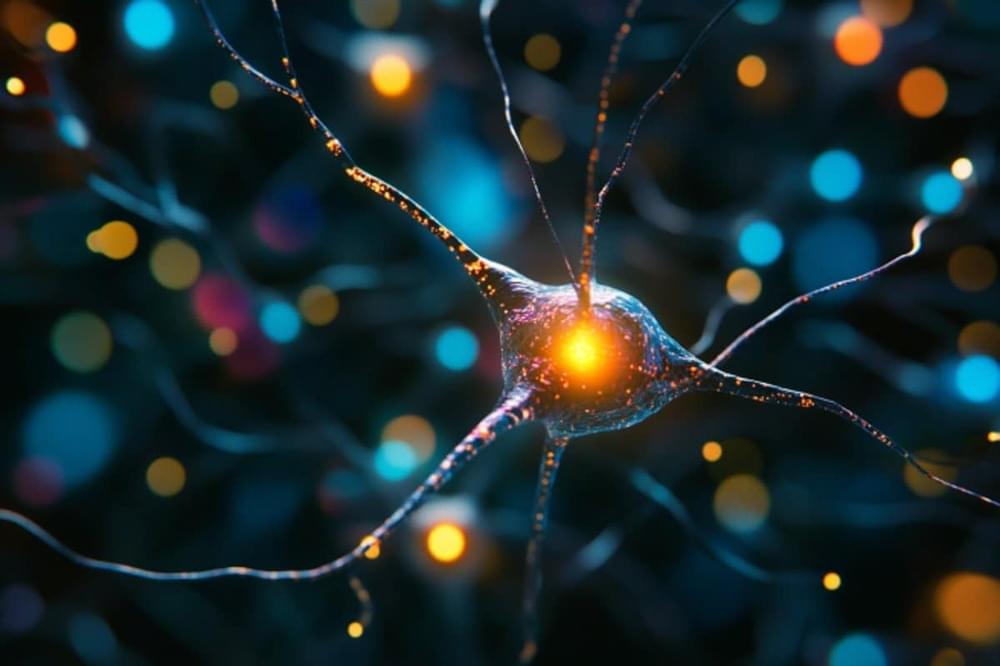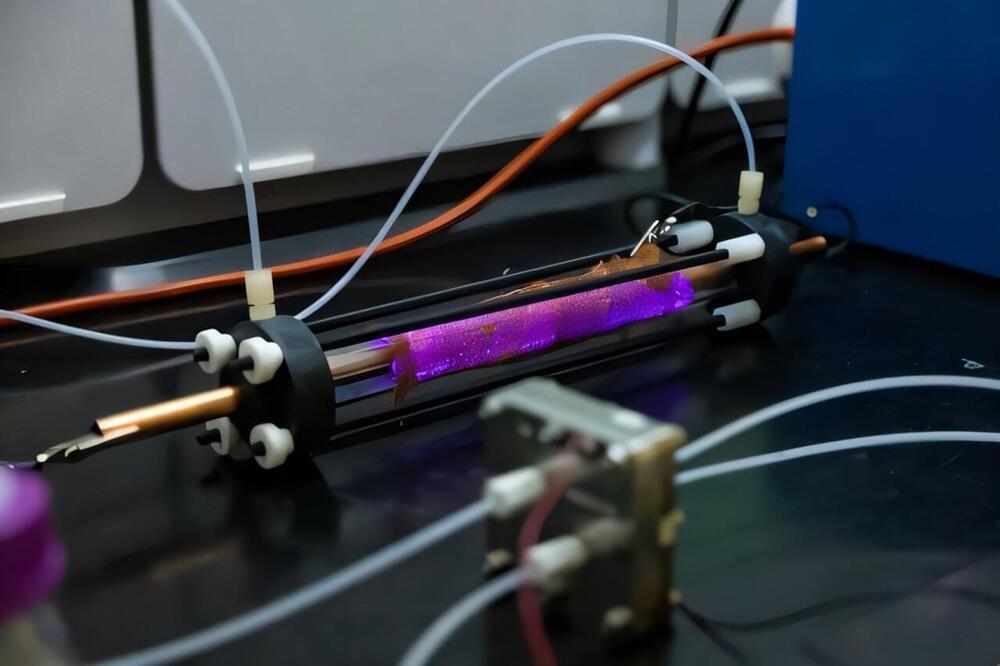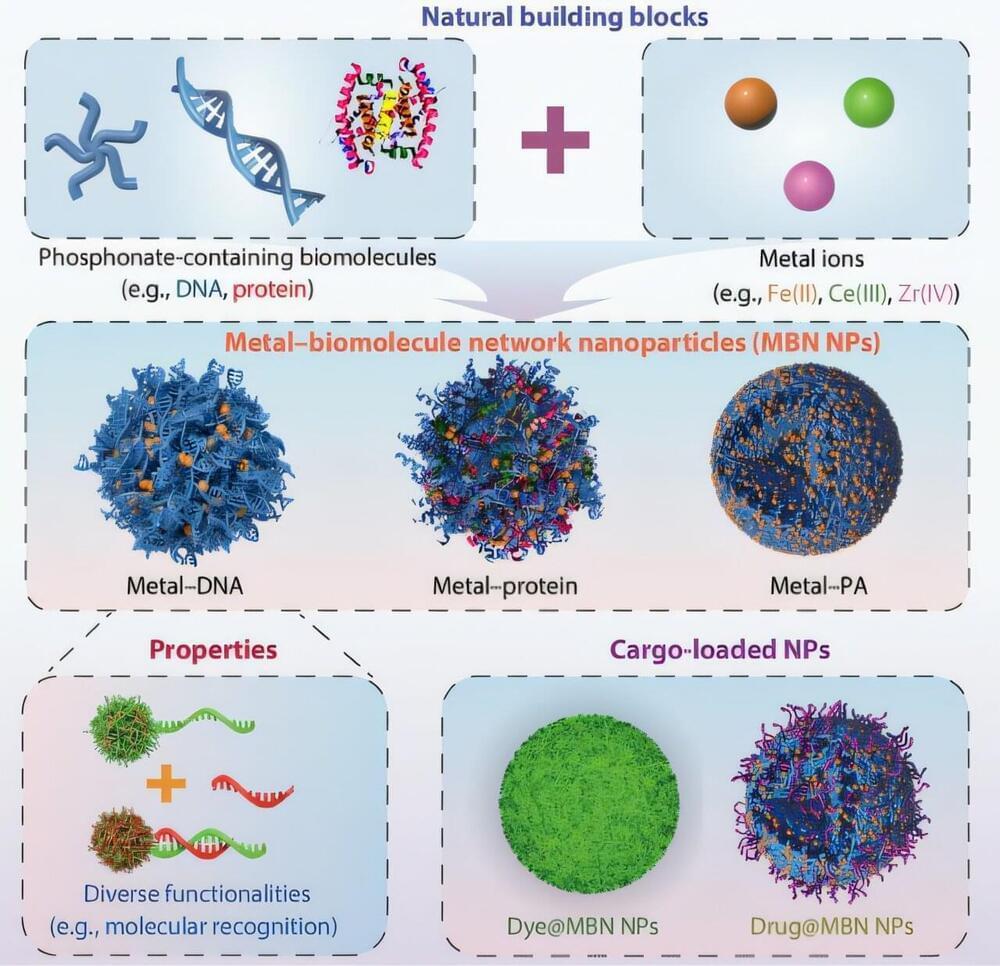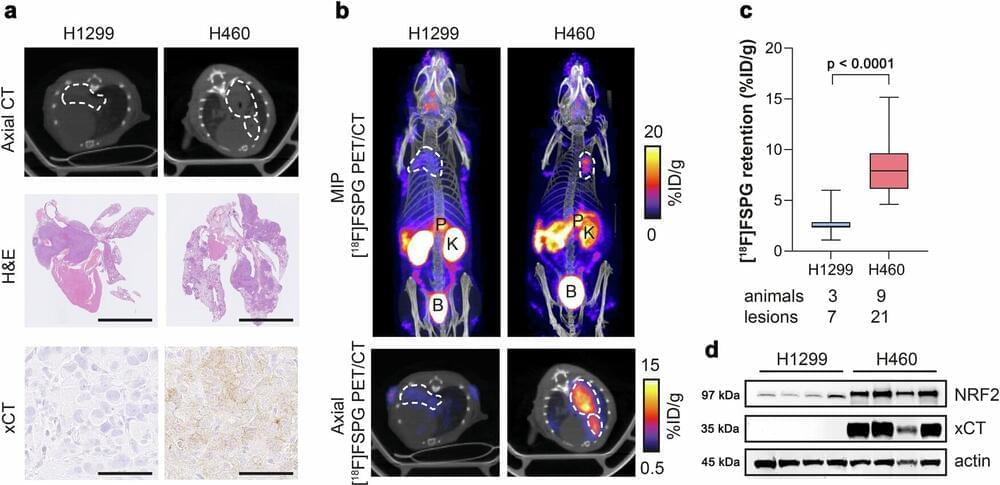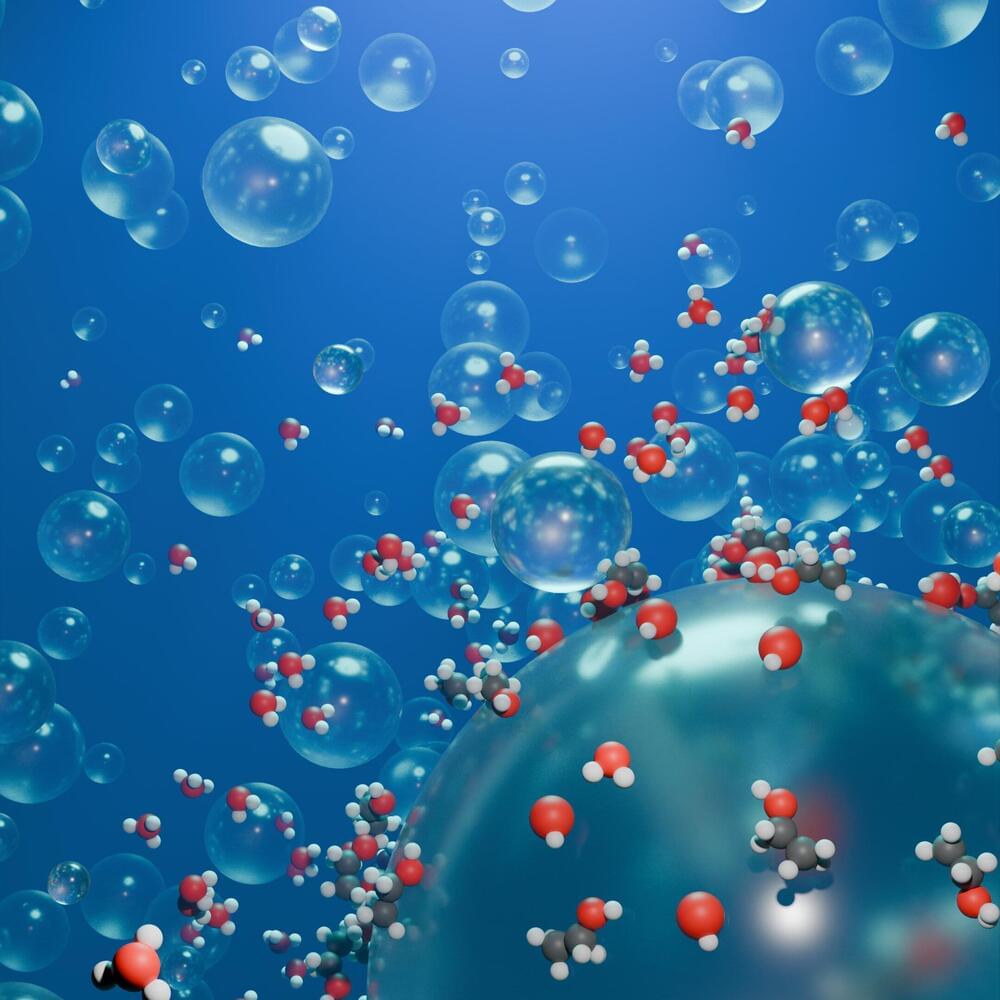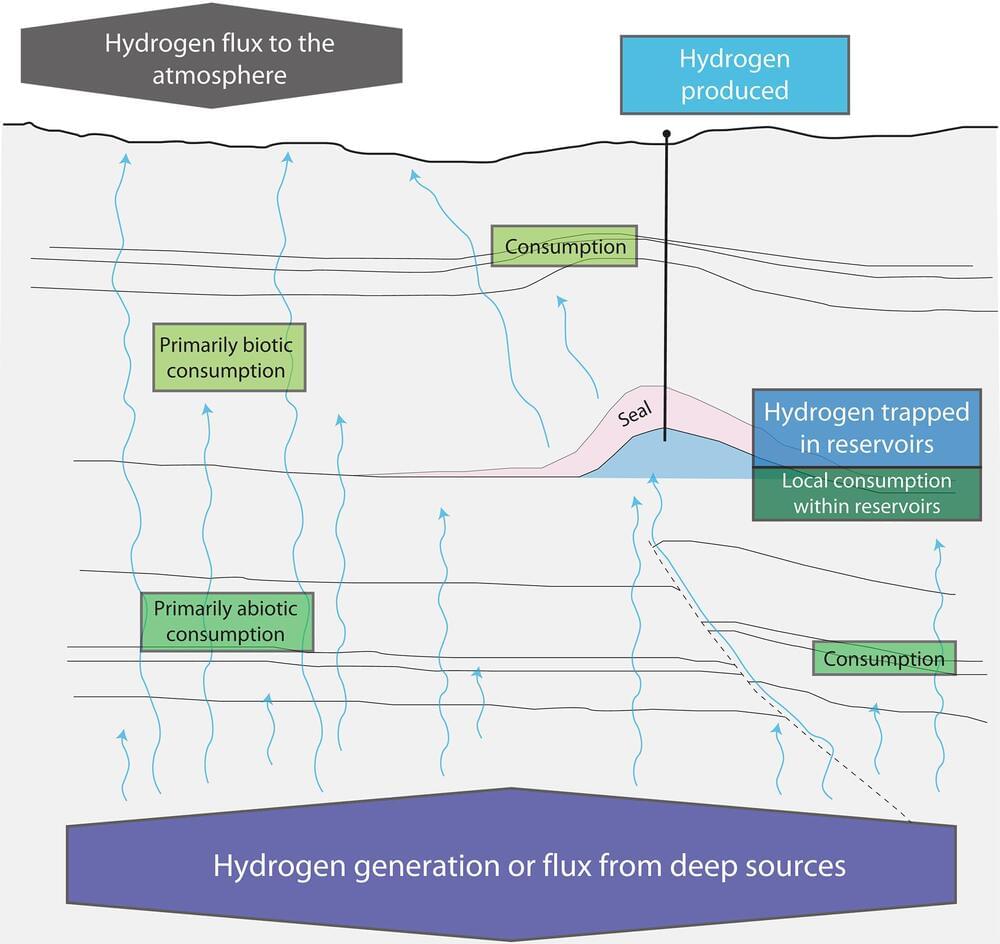If you’ve heard of two of the brain’s chemical neurotransmitters, it’s probably dopamine and serotonin. Never mind that glutamate and GABA do most of the work—it’s the thrill of dopamine as the “pleasure chemical” and serotonin as a tender mood-stabilizer that attract all the headlines.
Of course, the headlines mostly get it wrong. Dopamine’s role in shaping behavior goes way beyond simple concepts like “pleasure” or even “reward”. And the fact that it takes weeks or months for serotonin-boosting SSRI antidepressants to work suggests that it’s not actually the immediate jump in serotonin levels that drum out the doldrums of depression, but some still-mysterious shift in downstream brain circuits.
A new study from Stanford’s Wu Tsai Neurosciences Institute reveals yet another new facet of these mood-managing molecules. The research, published November 25, 2024 in Nature, demonstrates for the first time exactly how dopamine and serotonin work together—or more precisely, in opposition—to shape our behavior.
